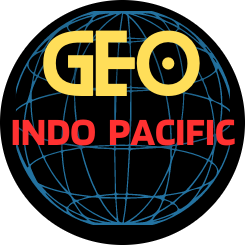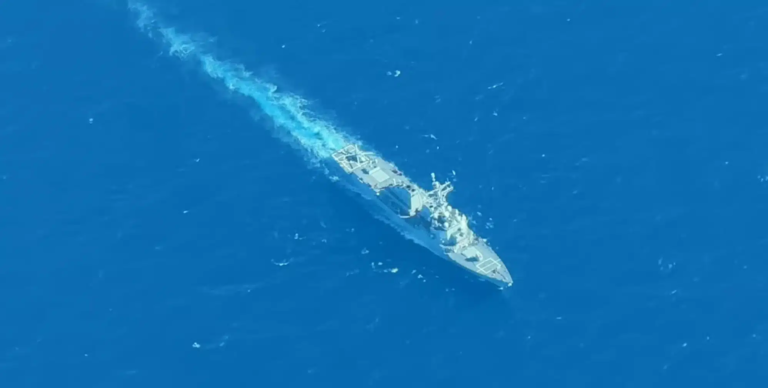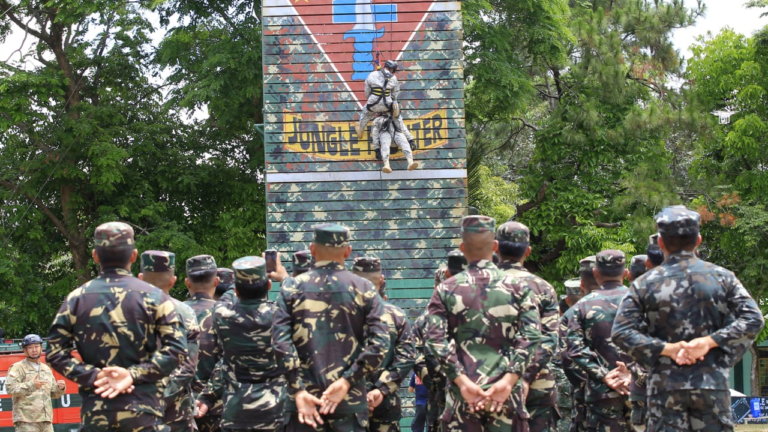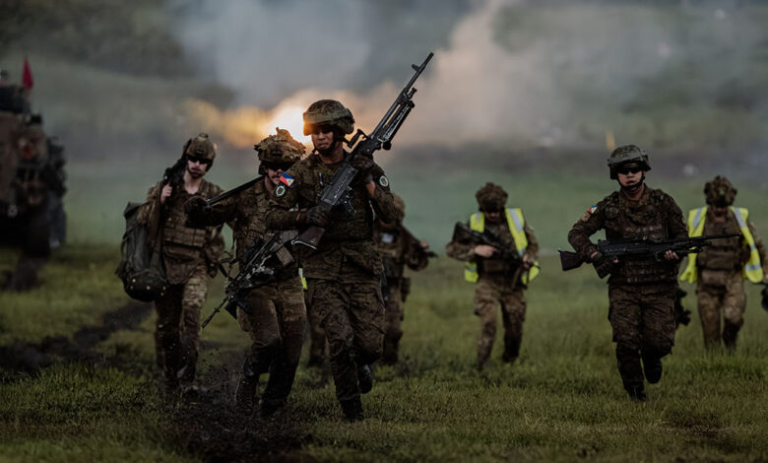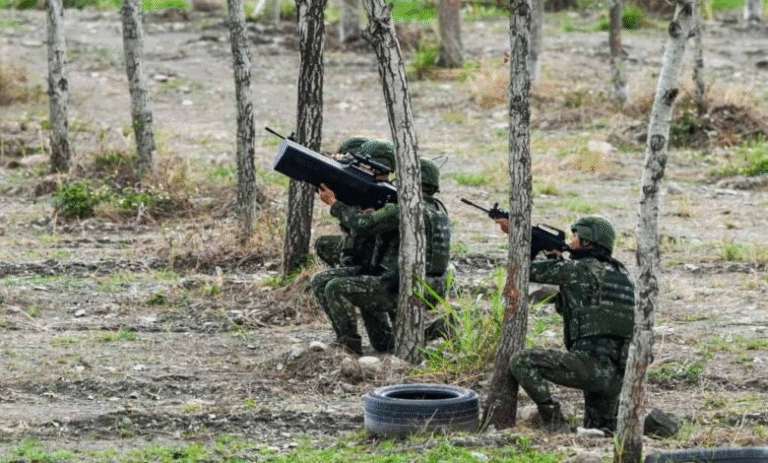
The new president of South Korea remains cautious in articulating a position on a potential Taiwan contingency. Still, public and policy discourse within Korea has been active, often gravitating toward a stance of deliberate restraint, arguing that the North Korean threat justifies non-involvement in a different crisis.
Yet this position is riddled with strategic confusion. First, it conflates strategic goals with bargaining positions. Minimizing involvement may be a negotiation tactic, but it should not define a nation’s strategy. Second, it lacks coherence in managing strategic signaling—when to conceal and when to reveal intentions and capabilities. Third, it ignores the risks of strategic miscommunication: warnings meant for adversaries can inadvertently unsettle allies, and domestic political messages can embolden external challengers.
Passive posturing and abstract principles will not suffice. Instead, South Korea must carefully assess the realities it would face during a contingency and map out its strategic options accordingly. This paper explores how South Korea can move from being a silent observer to a strategic enabler in the event of a Taiwan conflict, and what choices and preparations this role would entail.
South Korea’s evolving perception of strategic simultaneity
US planners now treat a dual-front crisis—China over Taiwan and North Korea on the peninsula—as a central assumption, not a remote risk. Washington’s 2022 National Defense Strategy elevated “integrated deterrence,” pressing allies to link multiple theaters. For Seoul this means moving beyond a North-Korea-only lens and preparing forces, laws, and public opinion for wider regional contingencies.
Yet substance lags rhetoric. A recent Korea Economic Institute study finds the allies still lack agreed-upon roles, thresholds, and command relationships for a Taiwan scenario. The problem is qualitative as much as temporal: Pyongyang leans toward vertical nuclear escalation, while Beijing wields cyber, space, and precision-strike tools. Managing both simultaneously therefore requires new concepts, interoperable C4ISR, and flexible logistics networks—not just more forces.
The stakes are immediate. In the Guardian Tiger simulation, Chinese strikes on Taiwan coincided with North Korean provocations, forcing US Forces Korea to split attention across two theaters—untenable under current planning. Because Korean semiconductors, batteries, and shipping lanes hinge on cross-Strait stability, neutrality offers no shelter: Bloomberg Economics ranks Korea the world’s second-hardest-hit economy in a blockade scenario. If Seoul is serious about being a “Global Pivotal State,” it must treat strategic simultaneity not as an added burden but as the price of safeguarding its own prosperity and alliance credibility in an interconnected Indo-Pacific.
Clear objectives, flexible execution
South Korea cannot afford the illusion of neutrality in a Taiwan contingency. Seoul should adopt a phased response that ranges from diplomatic backing and intel-sharing to calibrated base access and limited deployments. It must also practice strategic signaling, blending public restraint with quiet contingency planning; Guardian Tiger I showed that displaying autonomous strike options while keeping official rhetoric muted can deter Beijing and steady partners. Finally, Seoul can make a decisive contribution short of direct combat: KEI’s analysis highlights how military bases in Korea would be indispensable for base access and support for coalition ISR, air and maritime protection, and logistics even without ROK troops on the front line.
Building on its phased-response plan, Seoul must also prepare for the requests Washington will table if a Taiwan crisis erupts. The United States will seek broad strategic alignment across military, diplomatic, economic, and informational fronts—not just battlefield aid. South Korea can meet this need by setting flexible red lines: internal thresholds that dictate when and how it will step up support, keeping Beijing uncertain while showing domestic audiences that Seoul, not Washington, controls the pace.
Washington’s most plausible request will be access to South Korea’s bases. Osan and Gunsan offer hardened runways and fuel; Busan and Jeju can move war stocks and aid at scale, signaling allied resolve and reinforcing integrated deterrence without ROK boots on the ground. Folding this demand into Seoul’s phased-response playbook and flexible red lines lets Korea meet US needs while retaining political control.
Hosting such operations, however, brings real risks—North Korean opportunism or Chinese retaliation—so Seoul should adopt a “conditional access” principle, for example, barring strikes on the Chinese mainland. Clear boundaries would deter Beijing, reassure allies, and keep escalation with Pyongyang in check, allowing South Korea to contribute decisively without strategic overextension.
Conclusion: Solidarity is never automatic
In the climactic scene of the movie Battleship, the world comes together to confront an alien threat. It presents a neat narrative: one enemy, one front, one unified response. Reality, however, is far messier. Threats are multifaceted, solidarity is never automatic, and national responses are shaped by diverging interests and internal constraints. A Taiwan contingency will be the ultimate test of such complexity.
South Korea cannot reduce the Taiwan crisis to a simple “intervene or abstain” choice. The Peninsula and the Strait are tied not just by proximity but by interwoven political, economic, and strategic interests, so turbulence in one will inevitably reverberate in the other. Seoul should recall that its very survival in 1950 hinged on the costly intervention of the United Nations Command—proof that international solidarity can be decisive.
What the ROK–US alliance now needs is detailed internal planning: as the United States, Japan, Taiwan, Australia, and the Philippines shape responses to their own interests, Seoul must shed a North Korea-only mindset. Even without combat troops, enabling allied operations through intelligence, logistics, and base access can signal resolve as powerfully as direct intervention. In periods of strategic flux, commitment is measured less by force size than by reliability. Silent observation is no longer viable; strategic enabling is.
Disclaimer: The views expressed in this article are solely those of the author and do not necessarily reflect the official policy or position of the Korea National Defense University, the Ministry of National Defense of the Republic of Korea, or any other affiliated institutions.
PacNet commentaries and responses represent the views of the respective authors. Alternative viewpoints are always welcomed and encouraged.
